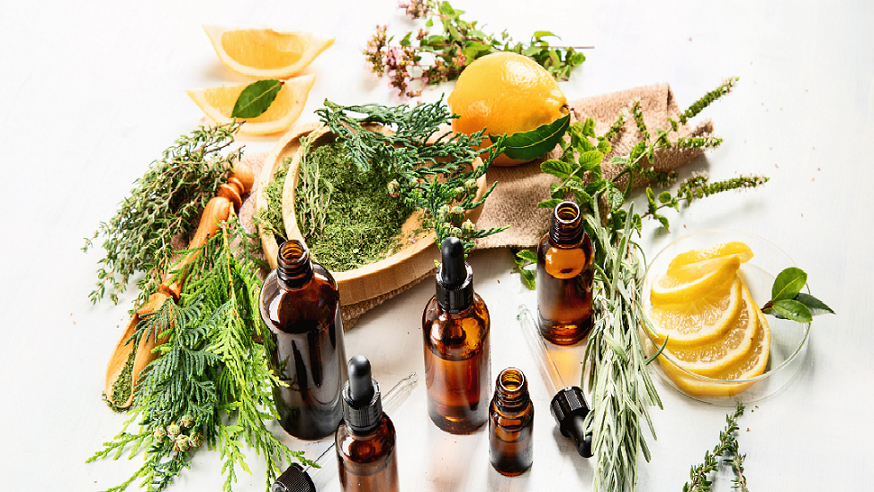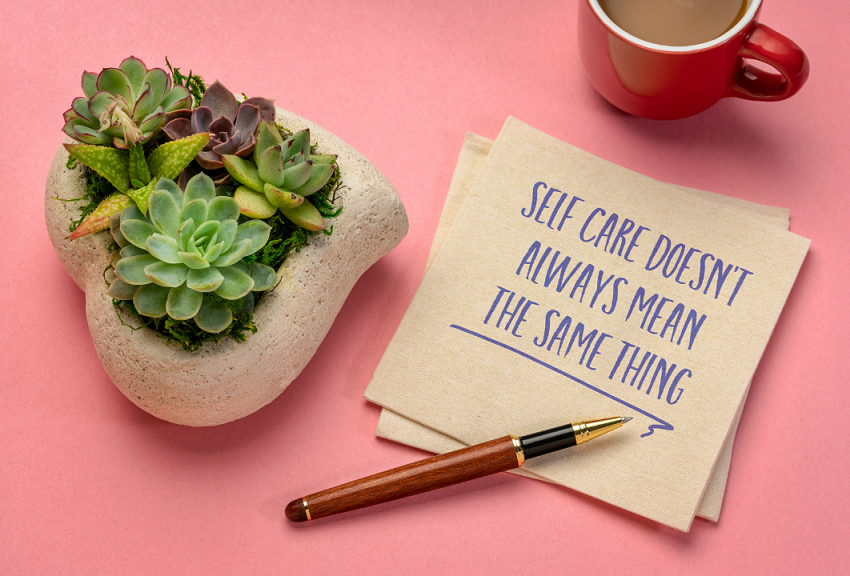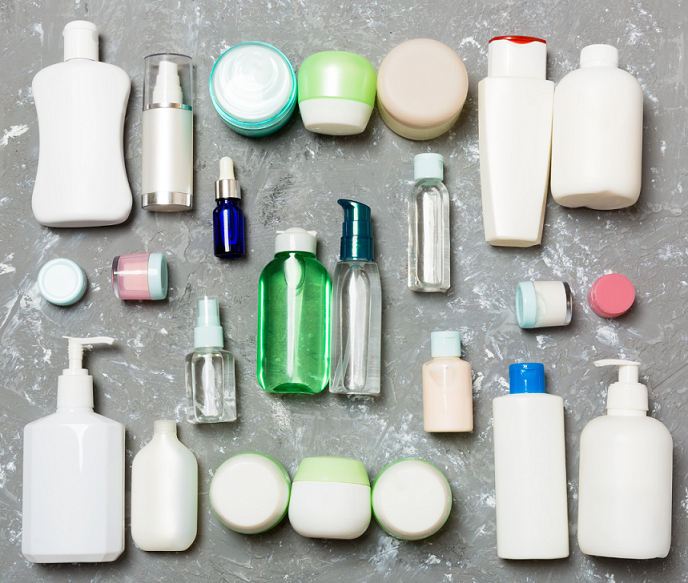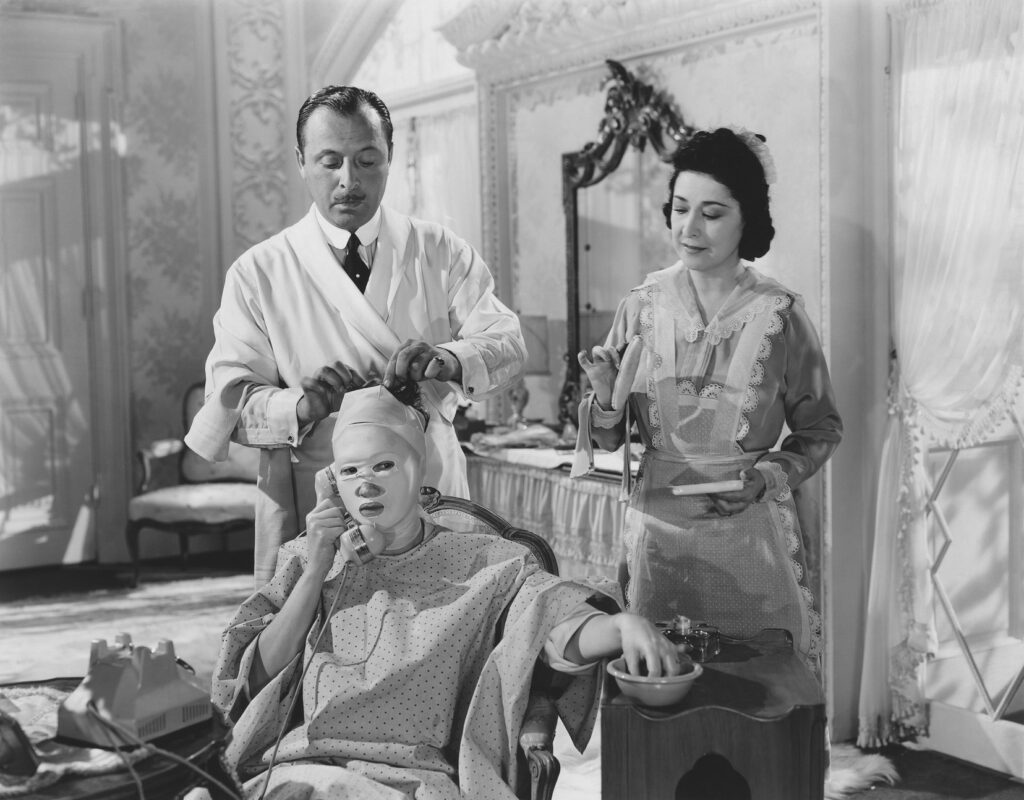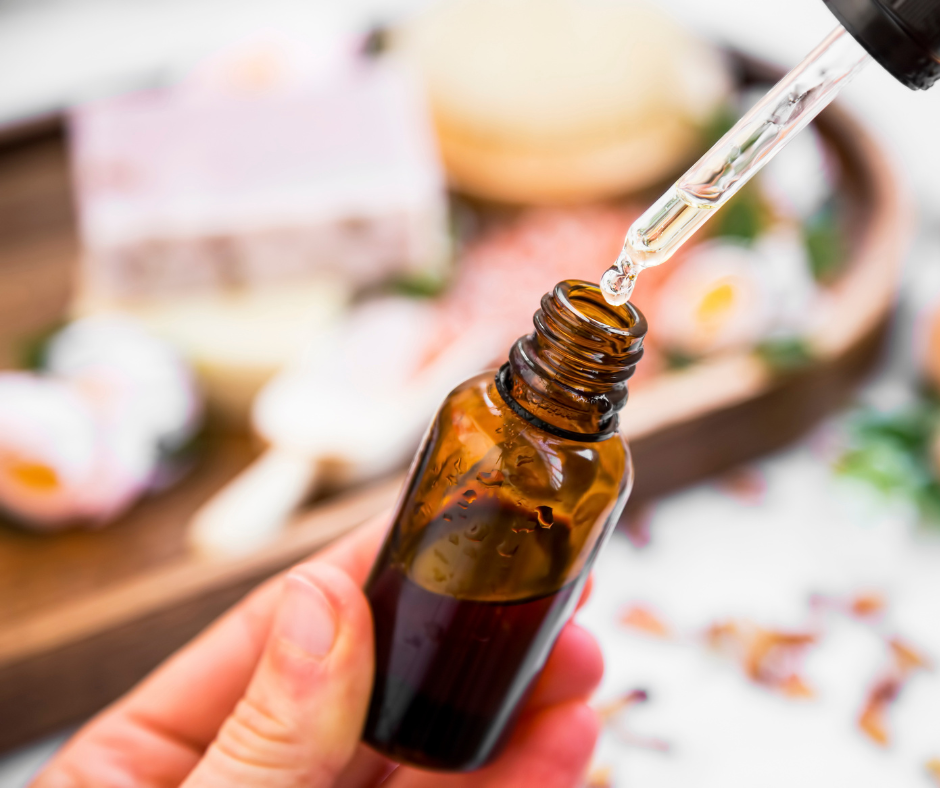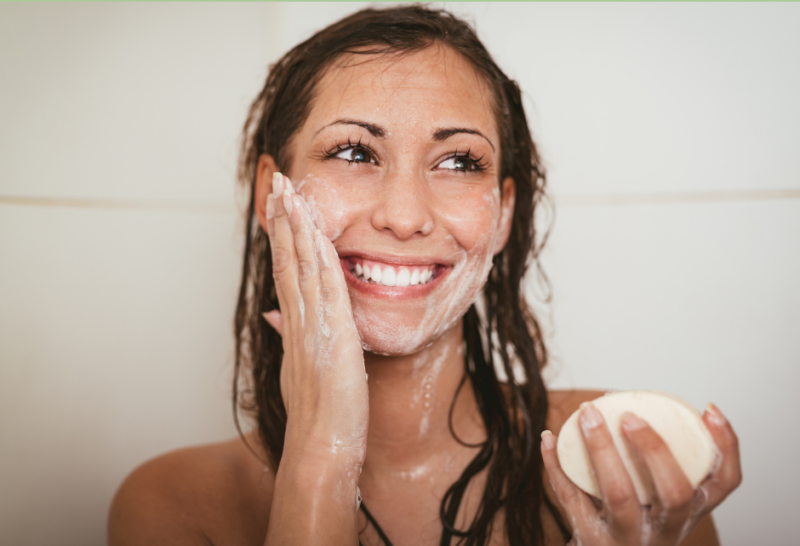In Ancient Egypt, China, India and among many indigenous peoples the world over, cosmetic preparations were made to adorn, purify and cleanse the body, to ease skin conditions, for use in religion, to attract the opposite sex, or to ward off enemies in battle. Ancient knowledge was transcribed and preserved, whether orally or in texts. Archaeological finds in China and study of ancient Indian herbal cosmetics demonstrate the vast knowledge of plant extracts in addressing skin conditions. Some of these ancient formulae are still in use by some rural women in the interior of India while others form part of the Ayurveda branch of medicine.
The oldest known written formulation was discovered on a 5,000-year old Egyptian scroll entitled “Transforming an old man into a youth”. A US dermatologist with an interest in Egyptology, had the formulation analysed and later patented the knowledge he gained from the scroll and now runs a successful skincare line based on this discovery.
The Ancient Egyptians used castor, sesame, and moringa oils to fight wrinkles and preserve their youth. They also made a soap paste out of clay and olive oil to cleanse their skin, used honey and milk masks to moisturise their skin, took milk baths and used dead sea salts to exfoliate, rejuvenate, and heal their skin.
In Ancient Greece, precious oils, perfumes, cosmetic powders, eye shadows, skin glosses, paints, and hair dyes were used extensively. They made their own skincare products using local, natural ingredients. One of the most widely used skincare treatments was mixing fresh berries with milk, and then applying the paste to the face. The Ancient Greeks also used olives and olive oil as exfoliants and moisturizers, and honey with milk and yogurt were used as anti-aging preparations.
Archaeologists discovered a well-preserved Roman face cream dating back to 150 A.D. when excavating a site in London. It was analysed and found to contain animal fats, starch and tin oxide. Many cosmetics today still use starch, tallow and plant fats.
The collapse of ancient civilisations, then battles among tribes in Europe and the Middle East took their toll on sites like the library of Alexandria, Egypt, and other document archives in places like Athens. Most of what we know of medieval cosmetics and botany was rescued, researched and documented by the Arabs. Their knowledge then passed throughout Europe from around 800 A.D. to Renaissance times.
Spain, thanks to its Arab population in the early Middle Ages was a great centre of learning and of scientific advances and it is thought from there that the process of distillation spread throughout Europe. The oldest distillation apparatus discovered was in Mesopotamia, now present-day Iraq and Kuwait and parts of present-day Iran, Syria and Turkey. Monasteries in countries like Italy and France translated Arabic texts to gain the knowledge of plants and their herbal medicinal and cosmetic properties. Although the Middle Ages are often considered dark ages, many achievements of phytotherapy (the practice of using medicines derived from plants or herbs to treat or prevent health conditions) were recorded in medieval times.
During the 12th century, medieval Europe made cosmetics consisting of animal fats. Aloe vera, rosemary, and cucumbers to cleanse the skin. Seeds, leaves, and flowers were also mixed with honey to create face masks, and vinegar was used as an astringent.
Women in the Renaissance period (14th – 17th century) began using cosmetic preparations for pleasure, not just to “cure” skin issues. These preparations included silver, mercury, lead, and chalk to colour their faces. Most of the skin care practices were the same as the medieval period, and women primarily relied on herbs and honey to cleanse and rejuvenate their skin. Some other skin care remedies included using broom stalks to cleanse the skin and oatmeal boiled in vinegar to treat pimples. Bread soaked in rose water was also used to soothe puffy eyes.
The opening up of trade with the New World, the Americas, as well as Silk Road trade from the East to Venice, brought more exotic ingredients to Europe to include in cosmetics. From history we see the formulations from this period have many similarities with modern gels, scrubs, oils, toners and washes. However, many bizarre and often deadly ingredients were included such as arsenic and lead, which were in use in cosmetics from the mid 1500s to at least the late 1700s as women desired the pale skin these ingredients induced.
The popularity of pale skin spread across Europe and the demand for lead- based skin and makeup products increased. European women, including Queen Elizabeth I, used lead mixed with vinegar to make a whitening foundation to remove freckles. During the Elizabethan Era, bathing was not in fashion, in fact, men and women rarely washed their faces and body. To keep their skin looking pale, they would just add a new layer of powder over the old. As the cosmetic layer became difficult to wash off, people started experimenting with everything from rainwater, donkey’s milk, red wine and urine to take their makeup off.
During the Baroque Era (1600 – 1750), women believed in saunas and sweat cleansing. Milk baths were also used for smoother, clearer skin. Make up during this time was intended to look like paint, and heavy makeup was considered more respectable. Rouge was very popular, and in the 1780s and lips were reddened with distilled alcohol or vinegar.
Exercise, cleanliness, and skincare were all held in high regard during the 1800s. Zinc oxide was used to lighten skin, but often caused allergic reactions. Hygiene products became less expensive and more accessible. Harsh cleansers were often used as well as egg yolks, honey and oatmeal to soften the skin and help diminish blemishes. Lemon juice was also used to naturally bleach the skin a few shades lighter. During this time Chapstick, Vaseline, and baby powder were invented.
Because nineteenth-century Americans subscribed to an idealised version of “natural” beauty, the use of cosmetics to give the appearance of a white, smooth, clear complexion was looked upon as false and indecent. Women were supposed to “earn” their good complexion through good health practices and moral living. Powders and lotions often advertised themselves as “invisible” in order to satisfy the moral prohibition on artificial beauty. Women often secretly sought and used cosmetic skin preparations, of which many often contained toxic mercury, arsenic, and lead in an attempt to get closer to the ideal complexion. Though doctors and women’s magazines railed against the dangers of these cosmetics, many women likely believed manufacturers’ packaging claims that their cosmetic products were “perfectly safe.”
The 1900s was an explosion in terms of accessible skincare for women. The rise of modern skincare started with the formation of the FDA (Food and Drug Administraion) in 1906 to regulate the industry. During this time, Sunscreen was invented and L’Oreal, Elizabeth Arden, Max Factor, Ponds, Oil of Olay, Clinique and Maybelline all launched a range of skin care products and the cosmetic world as we now know it, began to take shape.
The 1980s saw a rise in all natural skincare products. Burt’s Bees line was launched in the 1980s.
In 2002, the FDA approved Botox (a drug made from a toxin produced by the bacterium Clostridium botulinum, the same toxin that causes the food poisoning called botulism) for frown lines on the face.
But many modern “breakthroughs” in skincare have actually been used over centuries, such as Gua Sha.
Many ancient civilisations were experts at using a range of plants we commonly use in natural formulation today. Before the mass-marketing of cosmetic products, women often made their own skin care preparations from recipes passed to them through mothers, friends, or women’s magazines. These recipes promised to remove freckles and uneven redness, to calm rashes, or to reverse damage done by wind and sunburn.
Today, more consumers are seeking natural products, with plant based ingredients, that come from organic and sustainable farms and methods. Skinimalism is a trend that is seeing more people opting for simpler skin-care routines and a minimalistic approach. They are coming to realise that less is more when it comes to skin care and that using too many products doesn’t guarantee effective results; it can sometimes even do the opposite. A 12-step skin care routine can not only be time consuming and expensive, it also does not necessarily yield better results. By keeping your skin hydrated and protected, along with a healthy diet, exercise and avoiding pollutants, can make a big difference.
References:
Cameron Drommond. 2022. The Fascinating History of Skin Care | Elase Medical Spa. [ONLINE] Available at: https://elase.com/fascinating-history-skincare-used/#:~:text=Moving%20towards%20China%E2%80%94the%20first,to%20get%20the%20desired%20look.. [Accessed 13 July 2022].
Cameron Drommond. 2022. The Fascinating History of Skin Care | Elase Medical Spa. [ONLINE] Available at: https://elase.com/fascinating-history-skincare-used/#:~:text=Moving%20towards%20China%E2%80%94the%20first,to%20get%20the%20desired%20look.. [Accessed 13 July 2022].
Smithsonian Institution. 2022. Skin Care | Smithsonian Institution. [ONLINE] Available at: https://www.si.edu/spotlight/health-hygiene-and-beauty/skin-care. [Accessed 13 July 2022].
Formula Botanica. 2022. The history of botanical cosmetic formulation – Formula Botanica. [ONLINE] Available at: https://formulabotanica.com/history-of-cosmetics/. [Accessed 13 July 2022].
Botox | Botulinum Toxin | Botox Injections | MedlinePlus. 2022. Botox | Botulinum Toxin | Botox Injections | MedlinePlus. [ONLINE] Available at: https://medlineplus.gov/botox.html. [Accessed 16 July 2022].
Condé Nast. 2022. The Skin-Care Trends to Know in 2022, According to the Experts | Vogue. [ONLINE] Available at: https://www.vogue.com/article/the-skin-care-trends-to-know-in-2022-according-to-the-experts. [Accessed 16 July 2022].


